Can 3D printed components withstand explosions? 💥
Our customer Maenken Systems had to test whether the printed housings of an electronic detonator could withstand a close-range explosion.
In the center of the wooden plank is a tube containing 20g of explosive. The 3D-printed casing is located at the end of the wooden plank.
The main challenges were the short distance to the explosion, the pressure wave and the flying fragments that hit the casing at more than 1000 m/sec.
The casing, made of Markforged's ONYX base material, is almost completely destroyed. ❌
With an integrated continuous carbon fiber, the result is already impressive.
The casing, reinforced with continuous Kevlar fibers, can withstand fragments traveling at 1000 m/s! The principle is familiar from a bulletproof vest. ✔
The tests were carried out by Björn Mänken.
👉 Do you already know the possibility of reinforcing a component with a continuous fiber?
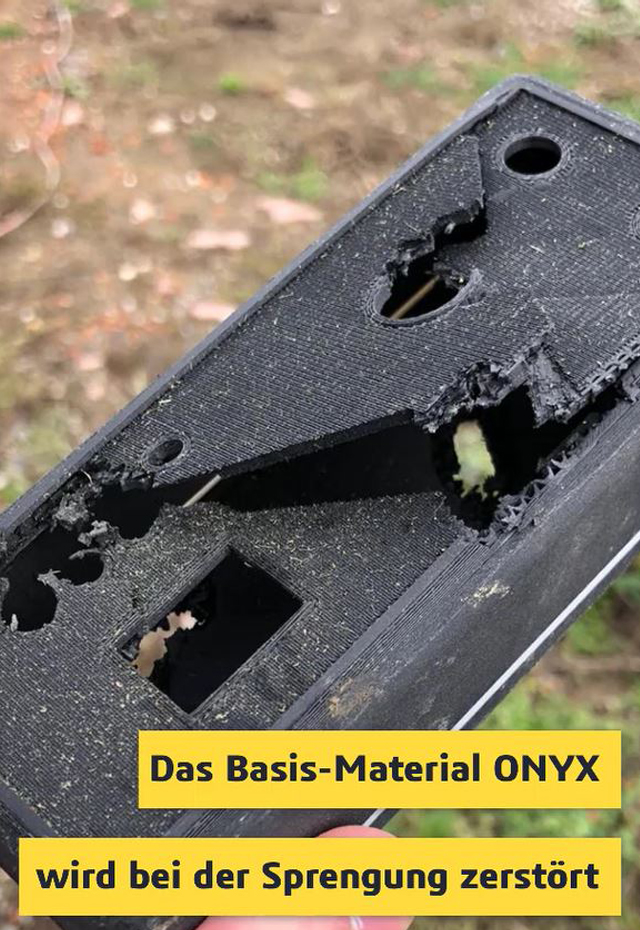
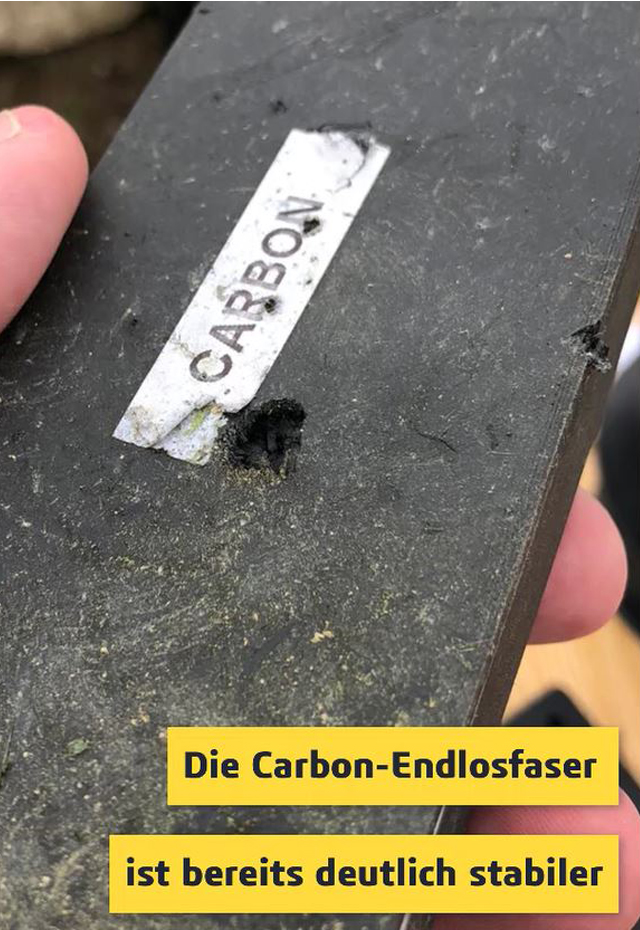
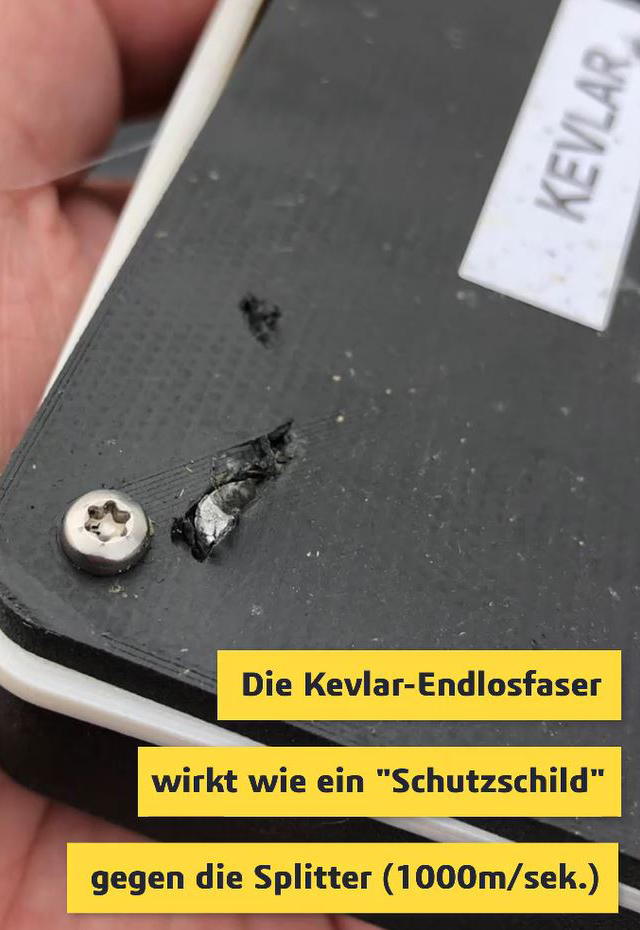
Request a DEMO component now!
See for yourself how strong the components are.

Learn more about 3D printing with continuous fibers!
Which continuous filament is suitable for which application? How do I design correctly for filament 3D printing? What do users say about it, and where can I find more information? – You've come to the right place! We've listed several information sources that will help you get the answers you need.




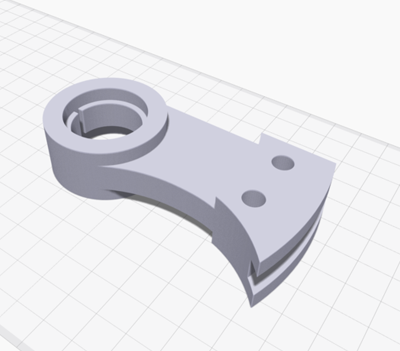
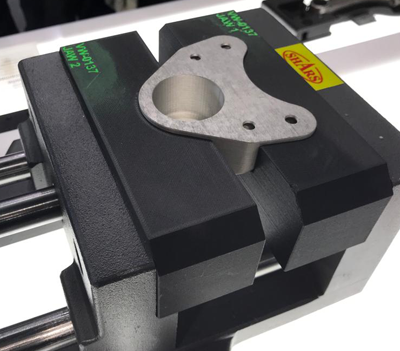
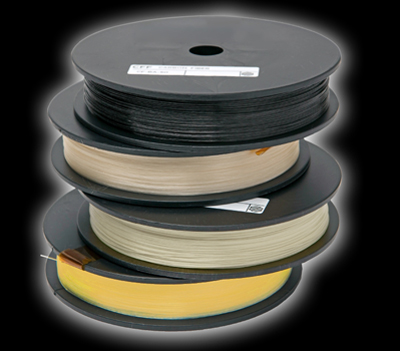

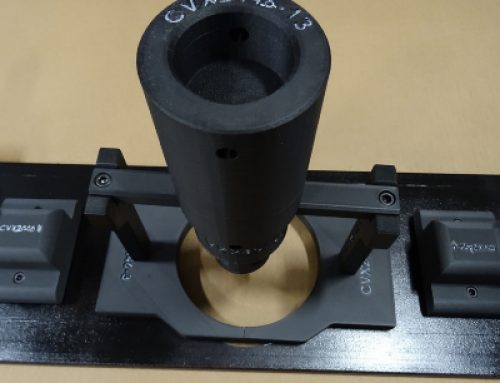
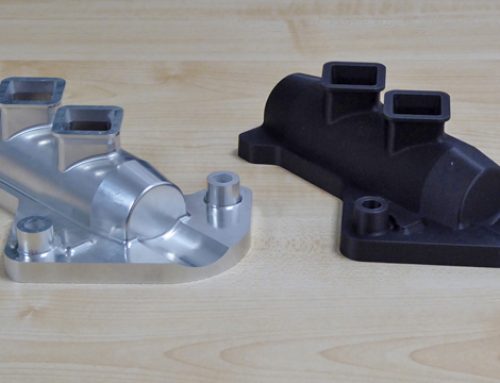

Hinterlasse einen Kommentar